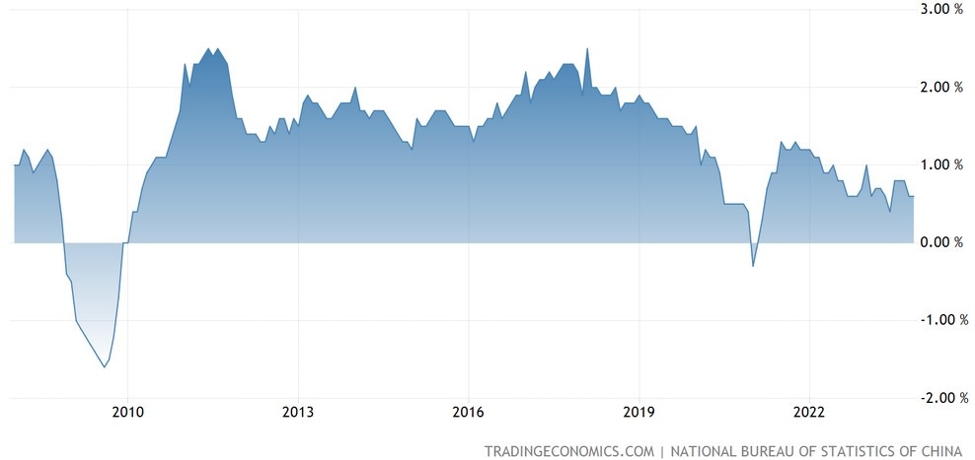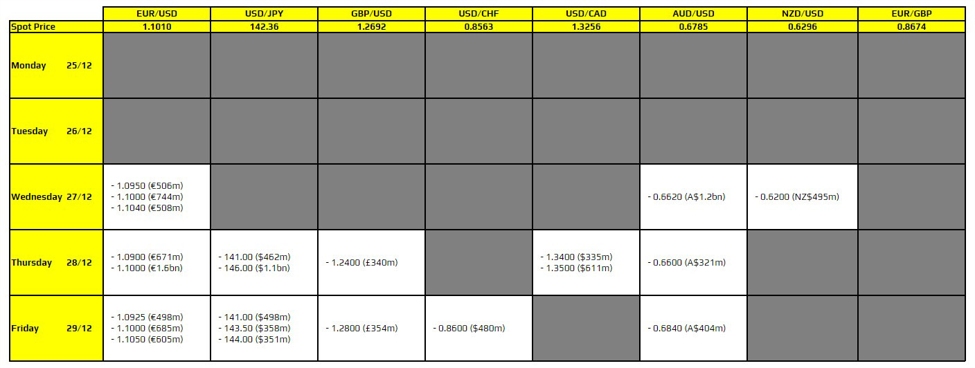A timely investing guide for younger investors facing a market pullback — and wondering whether to buy the dip or stay in cash.
“Being out of the market isn’t fear — sometimes it’s discipline.”
Buy the dip? Check out investingLive Stocks Telegram Channel
Context: Year 2025 Tariffs, Trump, and Market Jitters
The news cycle just got louder. Former President Donald Trump has proposed sweeping new tariffs, triggering market concerns about inflation, global trade tensions, and corporate profit margins. Stock indexes have pulled back — again.
So the question many younger investors are asking: Should I buy the dip now? Or wait?
That’s what this article will help answer.
Why Buying the Dip Sounds Easy — But Isn’t
In theory, buying when others are fearful sounds like a smart strategy.
But in reality, most investors:
-
Jump in too early
-
Underestimate how long pullbacks can last
-
Over-size their positions
-
Get emotional when the market keeps falling
That’s why the best dip-buying strategies combine:
✅ Patience
✅ Position sizing discipline
✅ A clear sense of what you’re betting on — and why
The Investing Wisdom of Waiting
One of the most overlooked investing truths:
Being out of the market is a position too.
Just because stocks are falling doesn’t mean you must act. Sometimes, cash is the best trade.
Example:
In the past few weeks, even as markets declined sharply, we at the InvestingLive Stocks Telegram channel had three dip-buying attempts — on AMD, Boeing, and Microsoft. All three trades were stopped out, each with an average 2% loss. But our overall participation was low by design. While many other investors stayed fully invested and absorbed the full extent of the market’s slide, we stayed nimble. By avoiding deeper exposure, we’ve clearly outperformed the broader market during this correction — simply by staying out when conditions didn’t favor our approach.
This approach differs greatly from the common mistake of continuing to invest money after losing money in a failing position. Whether it’s a struggling startup, a sour real estate investment, or a stock with a broken narrative — throwing more capital at a deteriorating setup is often a recipe for regret. If your original bullish premise no longer holds, it’s usually wiser to step away than to double down.
At InvestingLive, when we attempt to buy the dip, we don’t blindly average down. Instead, we cast a net of three layered orders within a predefined buy zone. If only one or two fill, we still participate in the potential rebound — with predefined stop-losses to protect our downside. That’s not persistence — that’s a system. Risk is capped. The zone is clear. And if the plan fails, we step aside.
Just like with startups, one follow-up investment after signs of potential may be justified. But two or more failed attempts — without any progress or pivot — should be a signal to stop. In investing, digging deeper into a hole rarely ends well.
The Art of Buying a Pullback — Without Losing Your Nerve
If you are going to buy a dip:
Step 1: Start Small, Scale Slowly
-
Don’t go all in at the first green candle, reversals typically need to ‘build their base’. True, there are ‘V reversals’ that don’t, but they are rare! Chill out with the FOMO and wait for more confirmation.
-
Use position sizing — buy a small amount, and only add if your thesis holds
Step 2: Define the Story You’re Betting On
-
Are you betting that the tariff fears are overdone?
-
That strong earnings will eventually overpower the fear?
-
Or that markets are just having a temporary panic?
Whatever the story is — define it. Write it down.
If the story breaks, stop adding.
Step 3: Expect to Be Early
Patience Isn’t Laziness — It’s an Investing Skill
Most failed dip buys don’t fail because the idea was wrong.
They fail because:
📉 Tip: Markets often pull back for 2–3 months on the monthly chart — not just a few days or weeks.
That means a 3–10% drop can turn into 15–20% before a bottom forms.
Buying early is okay — if you size for it.
But trying to time the bottom and go all in? That’s asking for trouble.
The Power of Scaling In
If you want to buy the dip, try using a ladder approach:
-
Buy 25% of your intended position on the first drop
-
Add another 25% if the market falls 5–8% more
-
Add the rest only if the broader setup improves
This gives you:
Quote to Remember
“Sometimes the best trade is no trade. Cash isn’t fear — it’s fuel for when the right opportunity comes.”
Read Next for Your Investing Education:
Brand Transition Note ForexLive is becoming investingLive.com — delivering real-world investing advice for everyday traders and investors.
Looking for Timely Stock Trade Ideas?
Tired of missing great investing trades or getting lost in noisy groups?
InvestingLive Stocks delivers free, focused investing trade ideas right when you need them:
-
S&P 500 & Nasdaq 100 stocks in focus — including large caps & momentum setups
-
Unique investing opportunities you won’t find anywhere else
-
Fast, actionable, noise-free alerts
-
Smart entries + smart exits (buyTheDip setups included)
Join free on Telegram: https://t.me/investingLiveStocks















